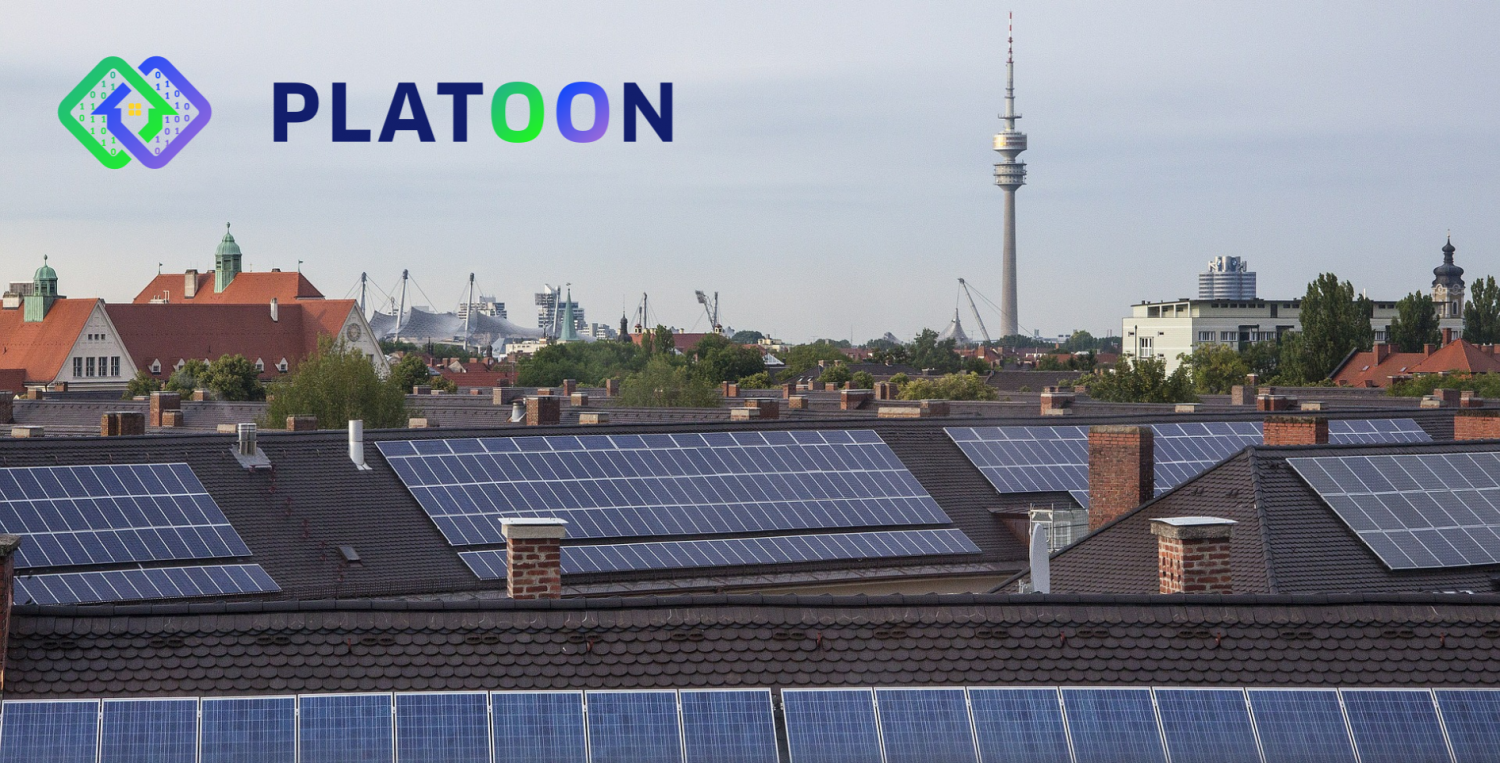
Pilot/Data owner objective:
ENGIE Lab CRIGEN is building a new office building according to the latest requirements of the French regulatory framework. Designed according to the E+C- French label by ENGIE researchers, the office building is more efficient than a called New Zero Energy Building (NZEB). The building is a part of a large project campaign within the “Inventons la Metropole du Grand Paris”, a competition were the most innovative building projects in Paris region was selected. The heating needs of the building will be 30% lower than those of a NZEB. The building occupation will start in January 2020 and will involve an office part (about 4650m²) and laboratory part (about 4120m²).
The main characteristics of the NZEB office will be: highly insulated building light wood structure, 15cm of insulation; double glazing; balanced ventilation with recovery heat exchanger; hybrid heat pump with hydronic and air distribution and fan coil units for heat and cold emission and control; active floors; PV plant on the roof for electricity self-consumption; hydrogen panels producing hydrogen from renewable; Building Energy Management System based on BACNET.
ENGIE wants to 1) guarantee the designed savings during the whole operation of the building; 2) check the quality of the construction.
Services offered by the PLATOON reference architecture’s components:
Use of the data analytics toolbox for:
- During the initial commissioning comparison of the BIM design and real BIM scan.
- Data based thermal transfer calculation of the building.
- Identification of the physical thermal model of the building by using minimisation between the measured data set and numerical predictions.
- Forecast the dynamic demand depending on the outside conditions and on the usages inside of the building.
- Mind the gap between designed and forecasted operation. From deviations, if any, suggest the best practices (HVAC, PV storage).
This pilot will give the possibility to use developed technological Bricks in the PLATOON project to implement Semantic layers and description for specific data driven interoperable services for Smart Efficient Building based on Knowledge Models with strong focus on NZEB characteristics. Algorithms/Models will extract value from those massive data from building which will represent and distributed in a formal and interoperable way. It will be applied as well to larger amount of ENGIE managed Buildings in France (around 500).